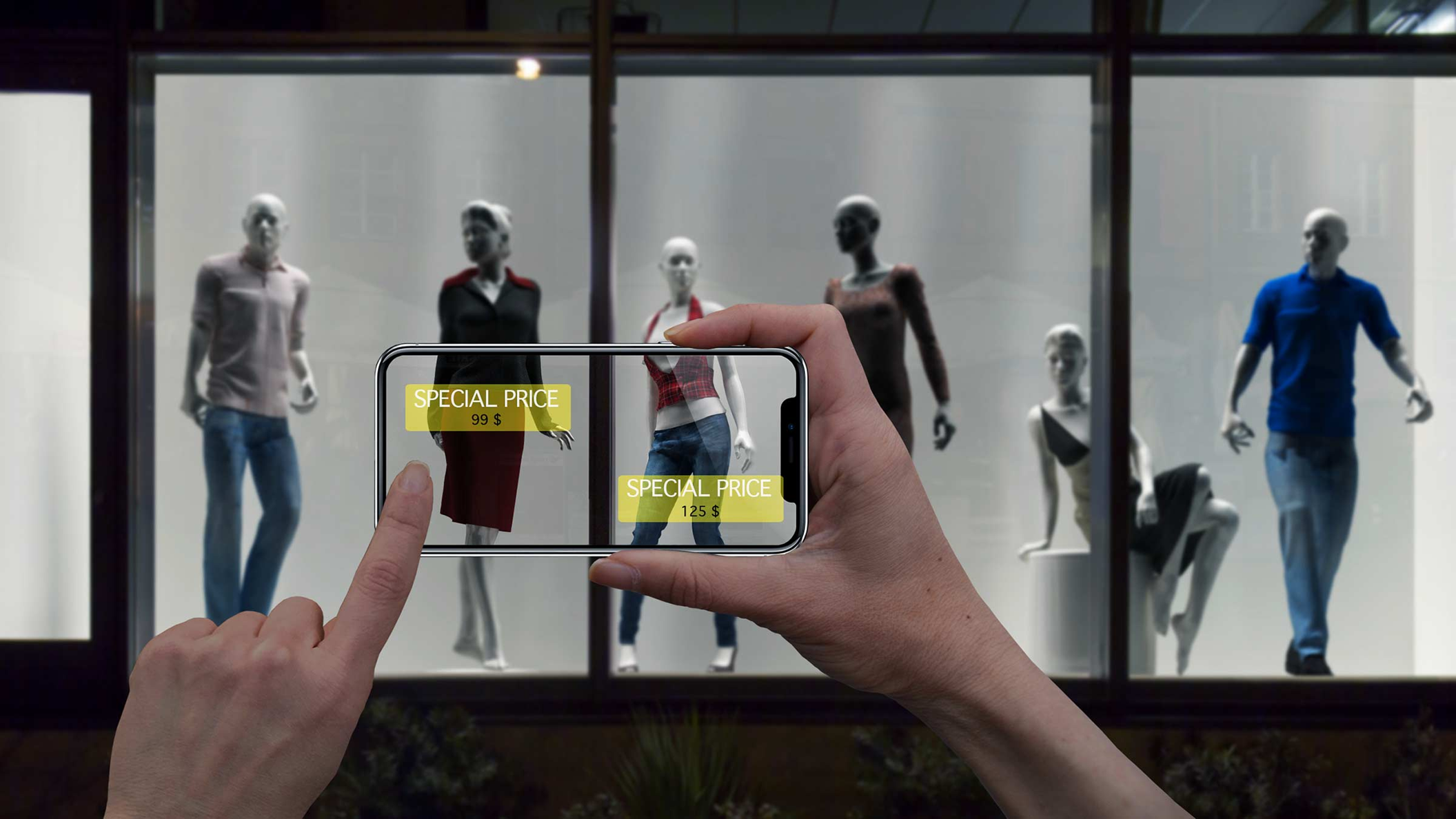
Over-idealized technocracy is evolving the typical viewpoint of millennial. The enduring technocratic voyage of corporate-driven ambitions is the fallout of the millennial stance. Gamification toils by employing engaging game techniques to leverage a person’s natural yearnings to enhance activities or processes. The latter is primarily in reference to the application of game mode factors and recreation doctrines in none-recreation contexts.
The psychology of learning relies on unique subjects’ experiences leading to long-term shifts in behavior perspective. In contrast, short term behavior modifications are merely caused by circumstances like fatigue. The theory of learning is a sophisticated one, and so are techniques on maximizing the pace of human intellect retention. But in general, it utterly depicts how brains infer, operate, and conserve data during the learning process.
In this article, the author discusses the subject of Gamified learning. The main concepts of development are centered on the environmental impacts on the learning procedure by way of associations, reinforcements, punishments, and observations. The author does not recognize himself as an expert in behavioral learning and does not intend to delve deep into the details of the subject.
Gamification is the role of bringing an already prevailing factor or prevailing such as website, business applications, social media, and integrating game act in them to inspire participation, engagement, and liking. The term; Gamification is modern, hence often used with a myriad of meanings. It initially emerged in the 2000s, as formally reported by Marczewski in 2013, since it has lived the increasing focus of attention in the 2010s. Gamification solely exploits the methods that game designers used to engage players via manipulating data sets and applying them to non-game ordeals to motivate activities that stand valuable to a business cycle.
Wearable technology such as Fitbit and Apple Watch are the first front lines of health Gamification. Data61 is equipped to show the patterns of how we enact between choices, navigate between them, and stick with one. A large amount of data (Big data) is required for optimal execution of the system. The Data61 has been able to use AI to help accurately diagnose and treat mental health disorders. The data is also used to help develop new treatments for mental health problems such as depression and bipolar disorder, among others. It is the first of its kind in the world of health technology.
Cognitive assistance is a valuable application to curtail costs and improve quality in healthcare. It relies on the methods of persuasion, through the design, development, and evaluation of interactive technologies aimed at changing learner behavior through persuasive modalities. The author has tried to differentiate the latter from coercion or deception while pointing out the implication of motivating persuasiveness for healthcare systems using artificial intelligence (AI) perspectives for conceptual design and system implementation. The fundamental goal supports the development of an IoT (Internet-Of-Things) toolbox towards AI-driven persuasive technologies for the healthcare system. Gamification of the indicated cycle provides the clinician with an easier route to access and analyze underlying pathology. More
Gameauto2